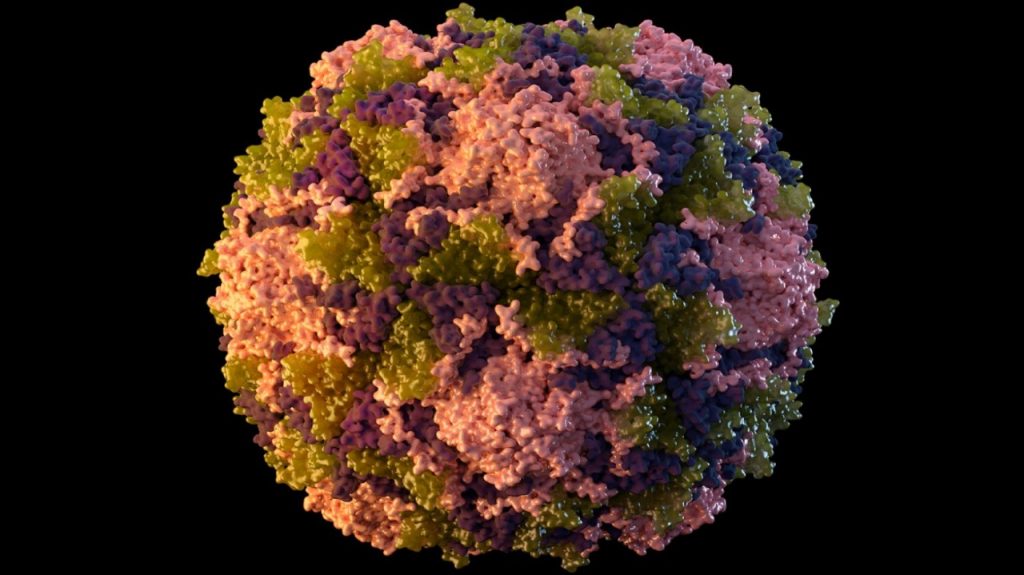
CDC discussing using oral polio vaccine to combat New York outbreak: report
The Centers for Disease Control and Prevention (CDC) is discussing the use of an oral polio vaccine for the first time in decades in light of concerns of an outbreak in the New York City metropolitan area, CNBC reported Friday.
Jannell Routh, the CDC’s team leader for domestic polio, told CNBC that the agency is discussing the possibility with New York state and New York City colleagues.
“It will be a process. It’s not something that we can pull the trigger on and have it appear overnight. There will be lots of thought and discussion about the reintroduction of an oral polio vaccine into the United States,” she said.
The novel oral polio vaccine (nOPV), which the CDC is considering turning to, was taken out of circulation in 2000 because it contains a weakened but live strain of the virus that rarely can mutate into a virulent form that can paralyze unvaccinated people, CNBC reported.
Officials first detected a case of polio in Rockland County, N.Y., in July. The 20-year-old man developed symptoms of polio, including paralysis, and was unvaccinated.
A CDC official said in August the case could indicate that “several hundred cases” exist in that community.
New York State Health Department officials also said in August that the CDC had detected poliovirus in wastewater surveillance. New York Gov. Kathy Hochul (D) declared an emergency in the state last month after the health department found poliovirus in stool samples in five counties.
Most people who are infected with the virus do not show symptoms, but they could put those who are unvaccinated or immunocompromised at risk.
CNBC reported that scientists believe the outbreak stemmed from someone who was vaccinated with a live virus abroad, and the virus eventually got to the United States.
The Hill has reached out to the CDC for comment.